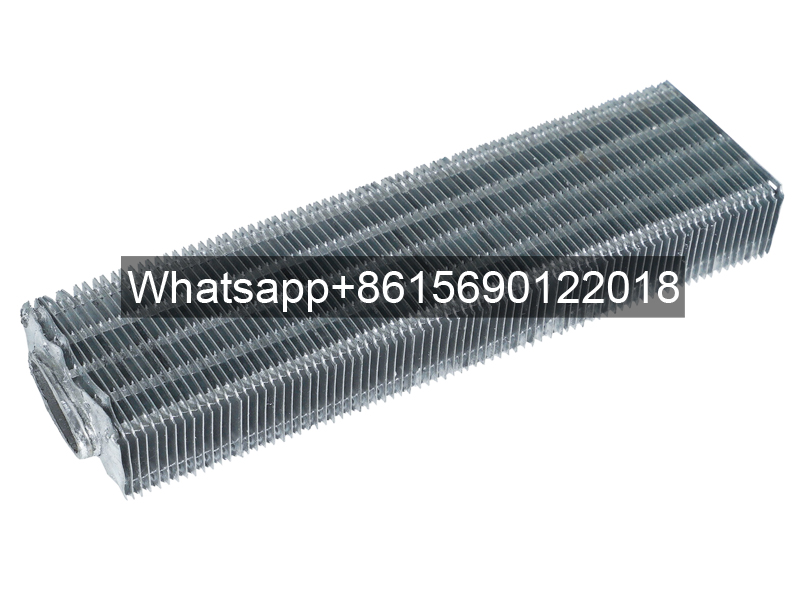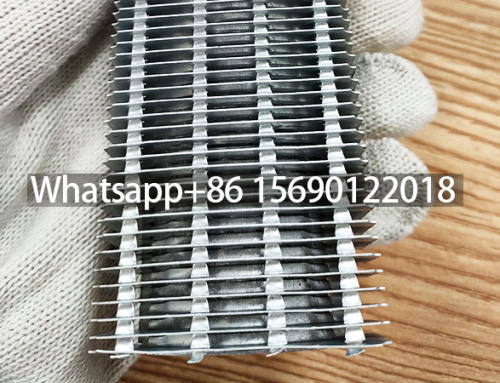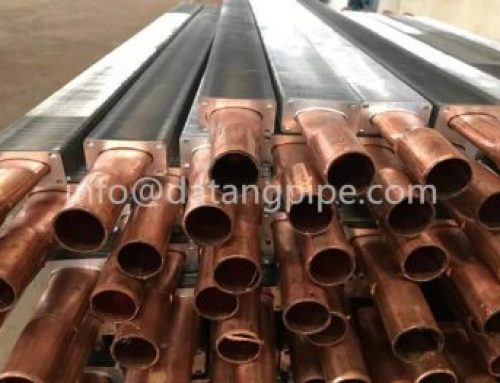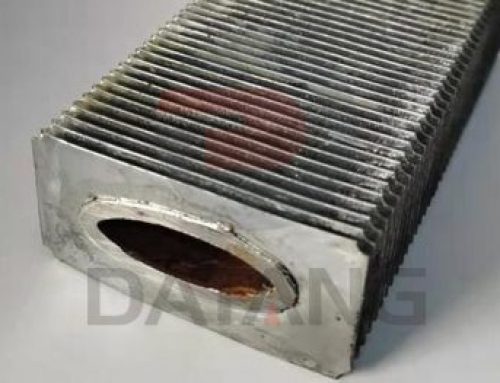Project Description

- Product Name: Elliptical Fin Tube With Rectangular Fins Oval Tube
- Leave Your Message
Elliptical Fin Tube With Rectangular Fins Oval Tube
Elliptical finned tube is an enhanced heat exchange element composed of an elliptical base tube and external fins. It significantly improves heat exchange efficiency by increasing the heat exchange area and optimizing fluid dynamics. Its core value lies in balancing efficient heat transfer and low flow resistance, especially suitable for gas heat exchange scenarios. The following is a system analysis:
Elliptical Finned Tube
Tube Material: Carbon steel, Stainless steel, Copper, Titanium
Fin Material: Aluminum, Carbon Steel
Tube OD: 38-219mm
Tube Thk: 4-15mm
Studs OD: 6-16mm
Studs Height: 10-45mm
Here is the professional of the detailed analysis of elliptical finned tubes:
???? I. Structural Principles & Technical Features
-
Base Tube & Fin Assembly
- Base Tube: Utilizes elliptical cross-section tubes (typical major/minor axis ratio: 2:1 to 3:1), reducing wake vortex zones behind tubes and lowering air resistance by 15%–25%compared to round tubes.
- Fin Types: Include rectangular, elliptical, circular fins, as well as spiral flat tubes and H-type fins. Fins are bonded via winding, welding, or bimetallic roll-bonding — with roll-bonded fins offering minimal contact thermal resistance and widest application.
- Innovative Designs: Perforated fins (round turbulence holes) or staggered high-low fins enhance fluid turbulence, increasing heat transfer efficiency by >10%.
-
Heat Transfer Enhancement Mechanisms
- Area Extension: Fins expand heat transfer area to 5–10× that of bare tubes, compensating for low gas thermal conductivity (e.g., air conductivity ≈1/200 of water).
- Flow Field Optimization: Elliptical profile reduces frontal area, while fin-induced turbulence disrupts boundary layers — boosting air-side heat transfer coefficients from 5–50 W/(m²·K) to 100–300 W/(m²·K).
⚙️ II. Performance Advantages vs. Round Finned Tubes
| Parameter | Elliptical Finned Tube | Round Finned Tube |
|---|---|---|
| Heat Efficiency | 10%–20% higher | Baseline |
| Air Resistance | 15%–25% lower | Higher |
| Space Occupancy | Compact layout, 30%–60% volume reduction11 | Larger space required for equivalent capacity |
| Corrosion Resistance | Customizable (galvanized/stainless steel) | Limited with conventional materials |
???? III. Core Applications
-
Industrial Heat Exchangers
- Petrochemicals: Ethylene cracker exchangers, distillation column condensers (stainless steel fins for sulfur corrosion resistance).
- Power Generation: Boiler flue gas waste heat recovery (e.g., elliptical H-finned tubes withstand 300–600°C gases).
- Environmental Systems: FGD/DeNOx scrubbers (galvanized elliptical fins balance efficiency and acid corrosion resistance).
-
Heating & Drying Systems
- Building HVAC: Multi-row cross-flow finned-tube radiators enable low-energy forced-convection heating.
- Agricultural Drying: Steam-heated tubes with optimized fin spacing prevent dust accumulation, ensuring rapid uniform heating.
-
Specialized Conditions
- High-Viscosity Fluids: Lubricating oil cooling — elliptical tube layouts reduce flow resistance and clogging risk.
- Low-Temp Corrosion Prevention: Elliptical rectangular fins in boiler air preheaters mitigate acid dew point corrosion.
???? IV. Technological Evolution & Innovation
-
Parametric Optimization
- Fin Spacing: 5–15 mm for gases, 2–5 mm for liquids — balances heat transfer vs. pressure drop.
- Tube Arrangement: Staggered rows improve efficiency by 8%–12% vs. in-line, but complicate cleaning.
-
Material & Process Breakthroughs
- Bimetallic Tubes: Aluminum fins + copper base tubes enhance conductivity while cutting costs by 30%.
- Surface Treatments: Hydrophilic coatings (AC applications) reduce condensate retention and frost formation8.
⚠️ V. Key Selection Considerations
-
Media Compatibility
- Corrosive environments (marine/acidic gases): Prioritize 316L stainless steel or titanium.
- High T/P conditions: Validate base tube wall thickness for pressure integrity (e.g., >1.6 MPa in steam systems).
-
Economic Trade-offs
- Upfront Cost: Higher than round tubes, but energy savings (reduced fan power) yield ROI in 2–3 years.
- Maintenance: Perforated/dense fins require periodic dust removal; closed systems favor smooth fins.
???? Conclusion
Elliptical finned tubes achieve superior gas-side heat transfer through synergistic minimization of flow resistance and maximization of surface area. Their advantages remain irreplaceable in waste heat recovery, environmental systems, and compact exchangers. Future innovations will focus on AI-driven topological optimization and anti-fouling nanocoatings.




